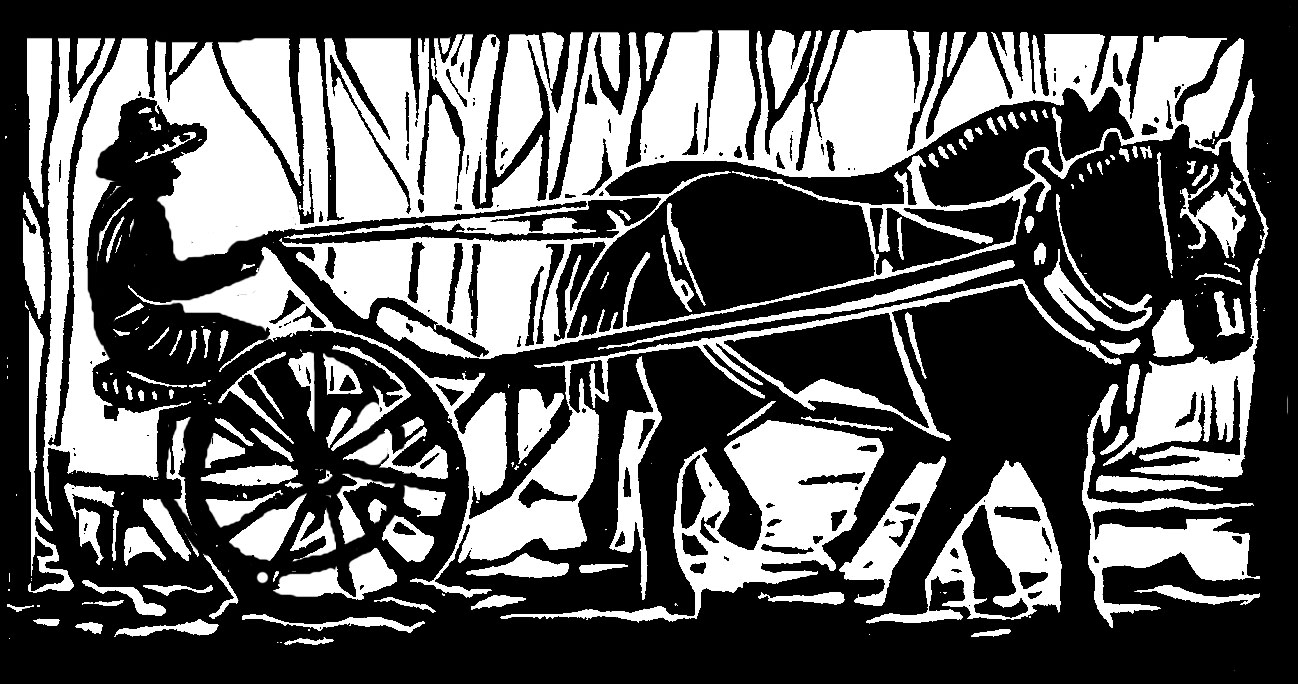I love dollhouses. Growing up, I filled my shelves with miniature scenes, tiny dolls and furniture and food. I had a little grocery, and a little library, complete with mini-produce and mini-books. I still have all my dollhouse beds and books and beeswax apples and pears, all tucked into boxes. One year, for my birthday, I decided what I really truly wanted, besides world-wide peace and world-wide sustainable agriculture, was to unpack my boxes, into a whole big proper dollhouse.
I drew my dollhouse all out on paper, and my sweet fellow helped me build it, using scrap plywood from our woodshed, and old paneling from our house, and our kind neighbor's precise and numerous tools. My dollhouse is a wonderful project, and so far, after eight years, I have the siding cut and nailed on, and the shingled roof three-quarters completed, and the windows and doors in. I haven't even begun on the interior (or on unpacking my boxes) yet; this is a life-long wonderful project.
And what, you may ask, does all this have to with sustainable farming in winter in New Hampshire? Everything, I say! Of course, farming itself can be a life-long wonderful project, if you're inclined to be a farmer. Plus a New Hampshire farmer in winter has a lot more time to work on her dollhouse than a New Hampshire farmer any other time of year.
But the big connection? You guessed it: greenhouses! We have four greenhouses on our vegetable farm, and surely greenhouse are the dollhouses of the agricultural world, each greenhouse a miniature farm.
The greenhouse mini-farm has dirt, and sun, and air and light and water. It has plants and compost and insects and the occasional butterfly or bird or vole. But it's all on such a small, manageable scale (especially if you conveniently overlook the manufacture and construction and maintenance of the greenhouses, the drip irrigation, the propane heater, and other such trivial details). A dollhouse has a roof and walls and windows and furniture and inhabitants, but it too is all on such a small, manageable scale.
The greenhouse is also a highly protected environment, just like the dollhouse. No high winds or beating rains or deep snows generally come and wreak havoc in my dollhouse, and no high winds or beating rains or deep snows generally come and wreak havoc in my greenhouses, either.
And, just like in a dollhouse, in a greenhouse a person can believe that she has quite a lot of say about the inhabitants, whether they be tiny ceramic or wooden or woolen people, or whether they be tiny tomatoes, peppers, and onions. I can suggest to my dollhouse people that they all take naps, or celebrate Christmas early, or turn the living room into a bedroom, and generally it happens.
Likewise, I can suggest to my greenhouse irrigation that it rain a lot, or rain a little; and I can suggest to my greenhouse heater that the place warm up a lot, or warm up just a little; and I can suggest to my greenhouse plants that they grow quickly or slowly, with the clever use of irrigation, heaters, and compost; and generally that happens too.
Then, too, both dollhouses and greenhouse provide endless pleasant tinkering. This time of year there is the unhurried pulling up of dead plants, the digging of beds, and the applying of compost. In a few months, there will be the sowing of seeds, the potting up of seedlings, the watering and pruning, all on a much smaller, lighter scale than in the big outside world of field and weather. This is especially nice for a farmer such as myself, who prefers light and medium duty greenhouse and dollhouse work to the heavy farming work that involves grunting, jostling, and pulled muscles.
In the dollhouse, there is little jostling and grunting, and so far I have strained no muscles in the endless pleasant tinkering of making tiny wallpaper or tiny embroidered blankets or tiny framed pictures; or in making mini-presents for the mini-people to open in front of their mini-Christmas tree, festive with mini-decorations: oh, the possibilities are endless!
But the best thing about greenhouses and dollhouses has to be the shared element of fantasy: the belief that everything will turn out just the way a person hopes. For example, the dollhouse people will lead happy, fulfilled, and productive lives, and the greenhouse plants will live happy, fulfilled, and productive lives, which will help the farming people to live happy, productive, and fulfilled lives.
And then of course, there is always the dream of greenhouses and dollhouses coming perfectly together: imagine a tiny glass greenhouse, filled with tiny living plants, and tiny watering cans, tiny hoes, tiny shovels! So lovely! So fun to make! So manageable! So sustainable! So everything!
Originally published in the Monadnock Shopper News, Dec 23- Dec 29, 2015

